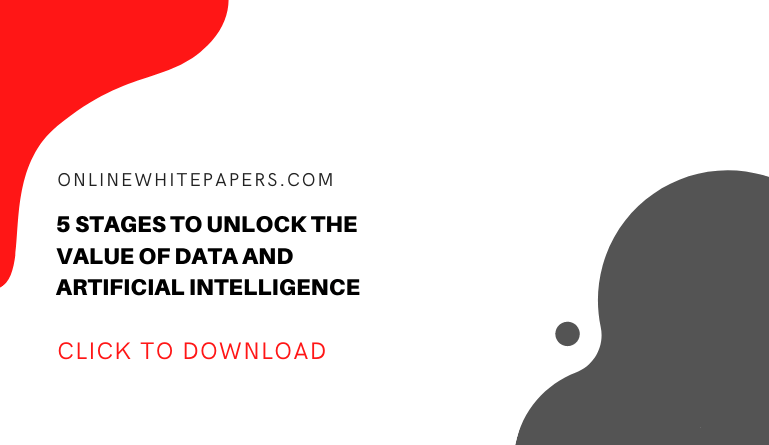AI is revolutionizing the world. It reduces costs through automation, and for some companies, it enhances customer experiences. AI can be used everywhere; especially, it helps in the B2B industry. AI and Intent data work together for the advancement in data collection to analyze true customers’ intent. In intent data, AI can be used for content processing and analysis.
Many corporations have used AI to automate processes, but those that use it mostly to replace workers would only see short-term improvements in productivity. Our research, involving 1,500 firms that found Humans and Machines working together, produces the most important performance improvements and a better understanding of customers’ preferences.
Despite advancements in data collection around shopping habits, companies still struggle to create better customer experiences. But Artificial Intelligence is rapidly taking over this smoothly and making it easy for firms to understand consumers’ intent.
Traditional analytics software, which is struggling to keep up with the fast-changing technology world, is still behind AI. Consumers today are constantly connected through numerous devices, making paths to purchase more like Gordian knots rather than straight, well-behaved lines.
Expanding the Usefulness of Intent Data
However, since intent data is still a relatively new tool, it comes with some challenges as its usage spreads rapidly across revenue operations. Companies want to normalize data from various sources and handle data handling across departments more effectively.
Here, we will discuss the AI (artificial intelligence) intent data on b2b marketing:
- The current impact of intent data on B2B revenue operations
- The growing number of business use cases for intent interoperability across strategic areas,
- The challenges that many companies face when it comes to handling and incorporating intent data
- Moreover, there are opportunities to improve productivity and increase the impact of purpose data.
- More detailed buyer personas
- More enticing deals that result in conversions
- Email campaigns that are well-personalized
- Landing pages that convert effectively

Marketing methods for artificial intelligence (AI)
It filters through the false positives and removes them, saving marketing teams’ time and effort. It reveals the false negatives – businesses that suit a marketer’s ideal consumer profile but did not appear on the intent data list.
Insight of Powered AI that Building a Smoother Path to Prospects
Getting intent data is like having a single piece of a 1,000-piece puzzle. The rest of the picture is provided by Marcom software that uses AI and machine learning. Although purpose data reveals one dimension of corporate activity, AI Marcom solutions can detect and categorize hundreds more. AI analyzes more than 40 billion data points to create more than 400 detailed corporate characteristics, such as the company’s products and services and the problems the company is trying to understand and solve for consumers.
The AI tool then creates “lookalike” profiles that fit sellers’ ideal customers in terms of scale, budget, and readiness to buy, as well as any other ABM-related metrics.
Multiplying the Number of Ideal Prospects with AI-Powered Insight
AI targeting tools show various businesses that might never appear on intent data lists, in addition to finding the best customer matches from the intent data. Many more companies that fit a seller’s ideal customer can be discovered using AI research. These businesses do not engage in internet searches that appear on purpose data lists, but their corporate profiles and recent actions make them potential “best customers” for sellers.
Intent Data Help Companies to Understand Consumers Preferences Better
Intent data is a great place to start looking for patterns that could suggest a company’s willingness to purchase a product or service. It’s only one of the signals that can help advertisers find and target their ideal customers.
By solving the two most significant problems with purpose data, AI-powered Marcom solutions help sellers extend their marketing efforts well beyond it.
As a result, they have a more complete, comprehensive, and reliable list of prospects that are closer to their ideal clients and information to help them communicate with them through tailored messaging.
To learn more about how we integrate artificial intelligence and intent data, connect with the team at Byonic.AI.

